The Los Angeles League of Musicians—LA LOM for short—brought the vintage vibe with them on the road last year.
It wasn’t long ago that LA LOM—guitarist Zac Sokolow, bassist Jake Faulkner, and percussionist Nicholas Baker—were cutting their teeth together as the house band at the Roosevelt Hotel in Hollywood, playing poolside for guests. Now, with eight EPs and a full-length record (2024’s The Los Angeles League of Musicians) since 2021, they’re a full-blown sensation, celebrating and interpreting instrumental tropical guitar traditions.
The trio played Nashville’s The Basement back in December, where PG’s John Bohlinger caught up with Sokolow and Faulkner to see what road rigs they use to bring their psychedelic cumbia and Peruvian chicha dreams to life.
Brought to you by D’Addario.Red Rider
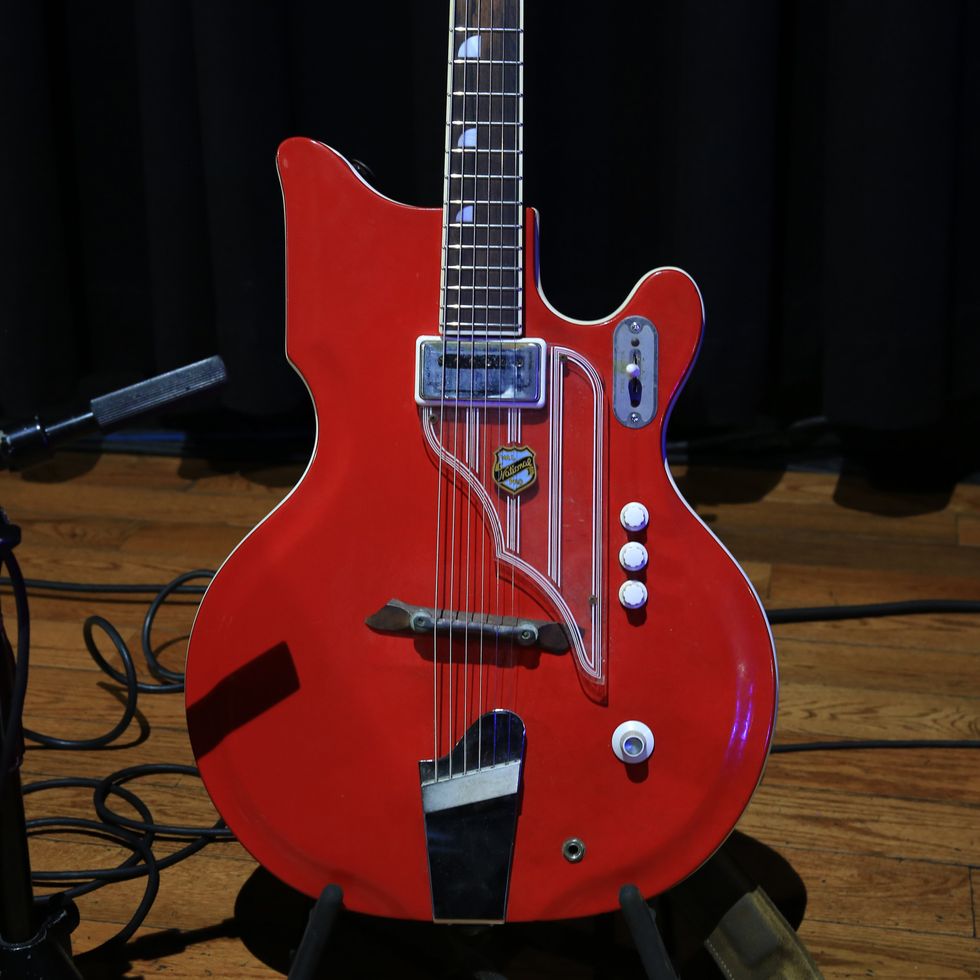
This vintage National Val-Pro, circa 1960 to 1962, belongs to Faulkner, who received it as his very first electric. When he switched to bass, the Val-Pro took a backseat, so Sokolow had been more than happy to borrow it long-term. All the controls are disconnected except for the volume knob. Sokolow strings it with a .012–.052 gauge set of roundwounds, and he’s partial to D’Andrea Pro Plec 1.5 mm picks.
Leader of the Pack
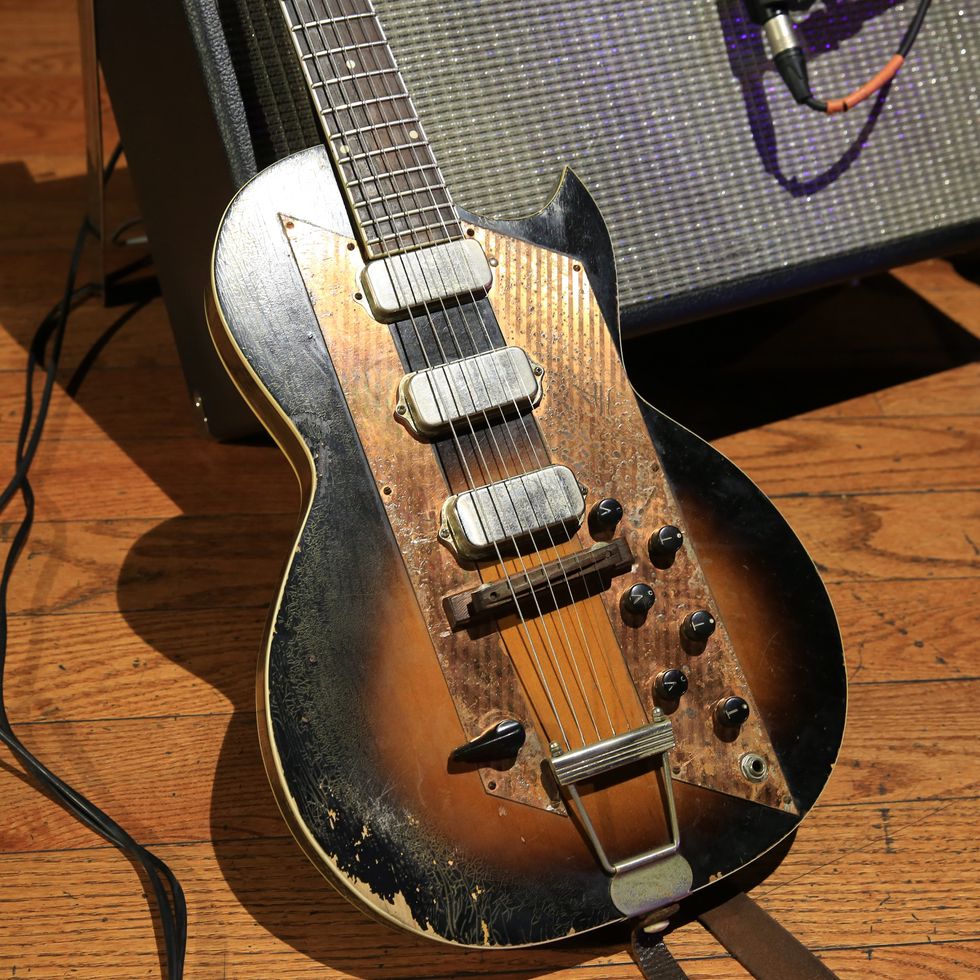
Sokolow’s other sidekick is this Kay Style Leader from 1960. Each of the three pickups has a volume and tone control. The body’s been mostly routed out, so it lends the resonance and darkness of a semi-hollowbody.
Live and Loud
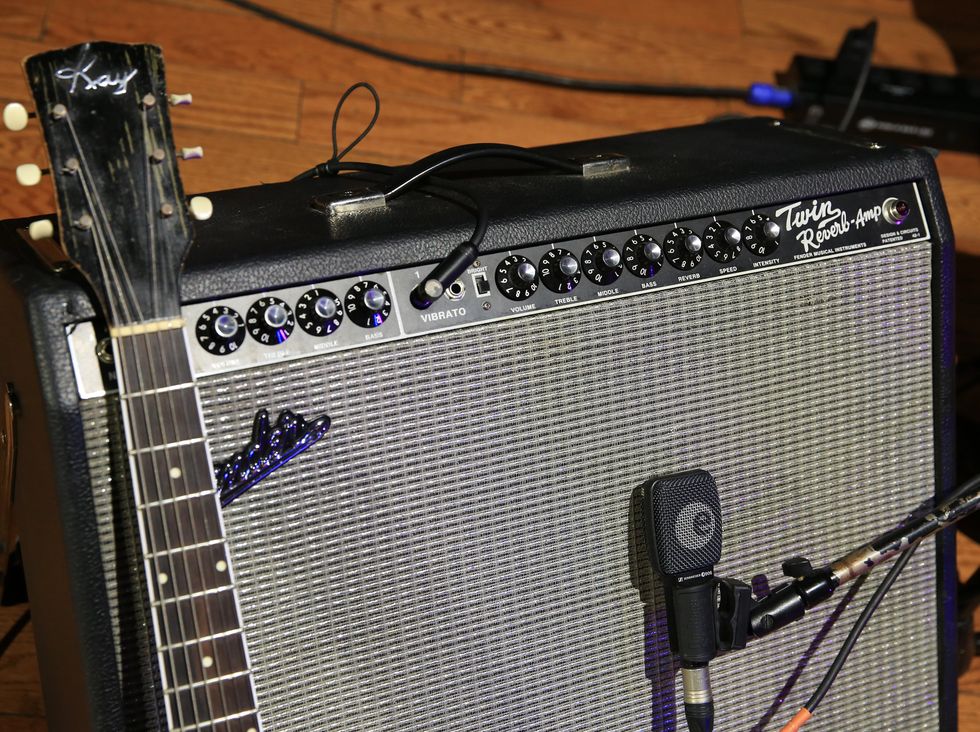
While he’ll often play through Fender Deluxe Reverbs at home, Sokolow trusts the Twin Reverb to get the job done in performance settings. The stage volume is loud enough that he and his bandmates often don’t need monitors: They can just listen to each other’s instruments onstage.
Zac Sokolow's Pedalboard
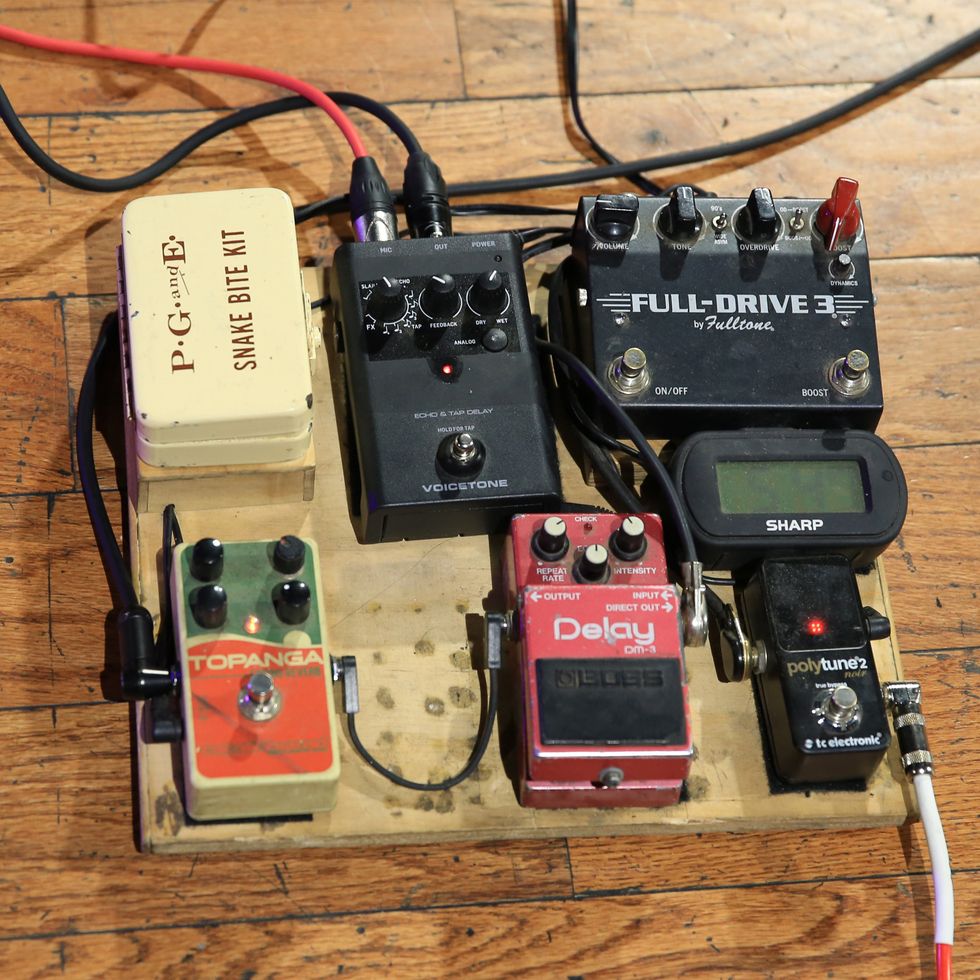
From his guitar, Sokolow’s signal runs through a spicy-red Voltage Cable Co. coil cable into his board. A TC Electronic Polytune 2 starts things off, followed by a Fulltone Full-Drive 3 for just a hint of dirt, then a Boss DM-3 delay, followed by a Catalinbread Topanga spring reverb. A TC Helicon VoiceTone handles some more echo work along with the DM-3.
Flight-Friendly Upright
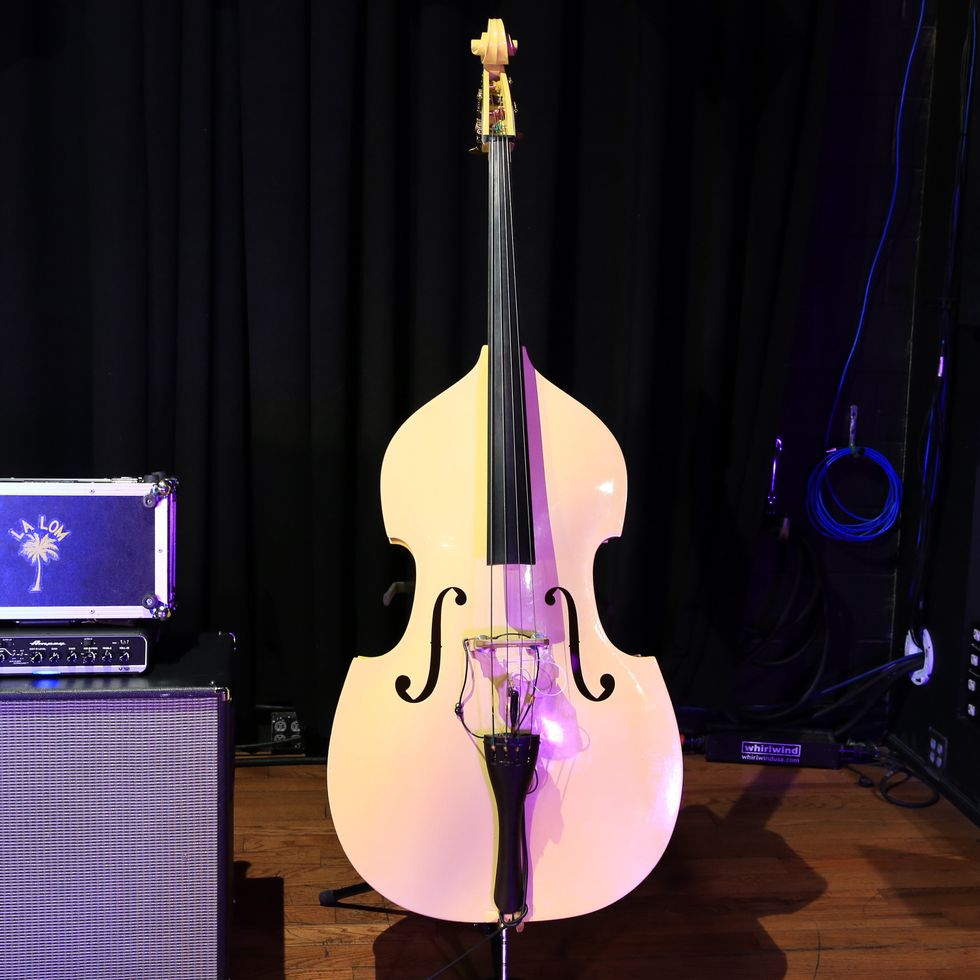
Jake Faulkner’s traveling upright is this Johnson bass, which has been modded by Tom at Fantastic Musical Instruments in Pasadena, California. Tom gave the upright a bolt-on neck that comes off easily, making it a perfect travel mate. For amplification, Faulkner uses pickups from Underwood, based in Palm Springs. On a tip from Tom, he glued a small piece of wood to the side of the pickups to reduce noise issues, and two sound posts have been installed inside the body to reduce feedback concerns.
Thumbin' Through
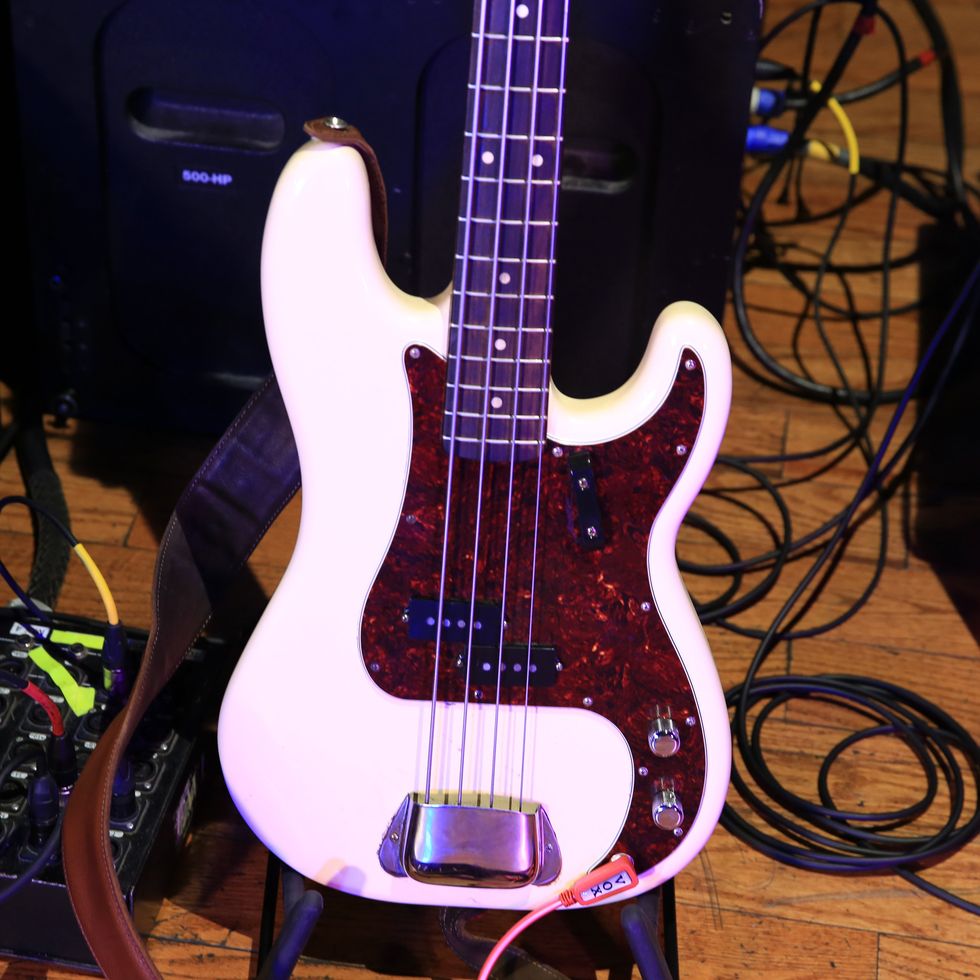
For electric needs, Faulkner uses this Fender Vintera II ’60s Precision Bass; he’ll switch between the two basses depending on what he feels best suits the song. He uses a thumb pick from time to time to accentuate certain rhythms.
Lightweight Low End
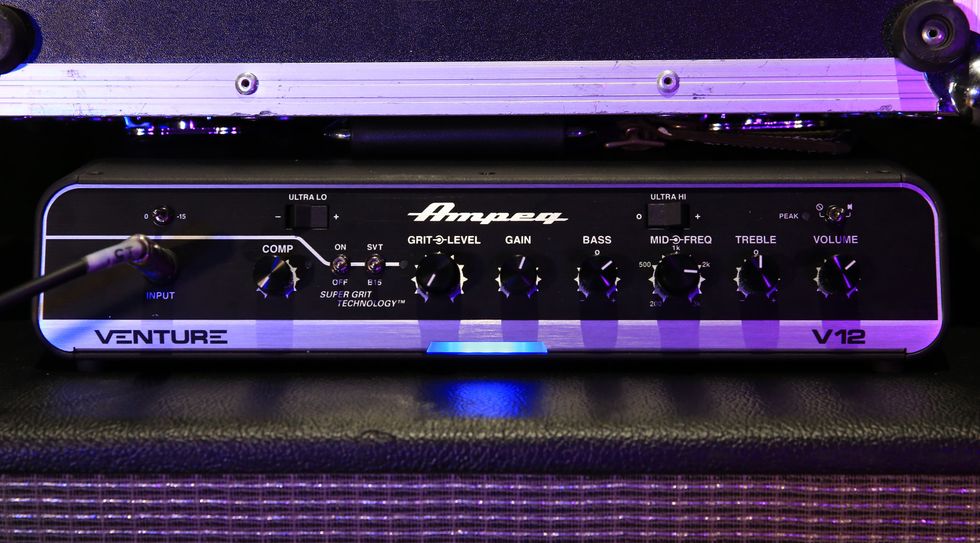
Faulkner’s been converted to this Ampeg Venture V12, a compact bass head weighing less than nine pounds—a godsend for sore-backed bassists. It’s set for a pretty neutral, SVT-style sound and runs into a Fender Bassman 410 Neo cabinet, which has four neodymium-loaded speakers.
Jake Faulkner's Pedalboard
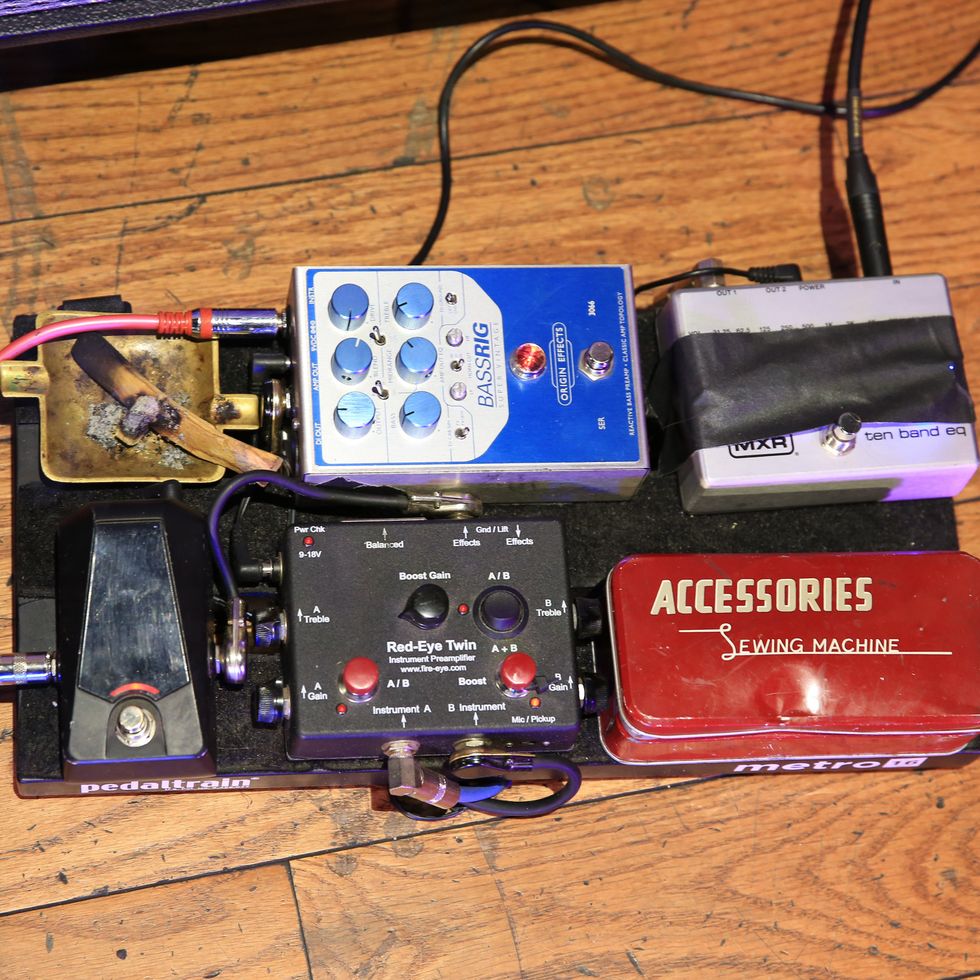
Rather than at the start of his chain, his Korg Pitchblack Advance tuner goes at the end, with everything running out of it to the Venture V12. An Origin Effects Bassrig Super Vintage lends color and tone to the V12, then the Fire-Eye Development Red-Eye Twin acts as an A/B switch to maintain output and gain between the Johnson and the P-bass. An MXR Ten Band EQ helps balance out the upright’s tone.







![Rig Rundown: AFI [2025]](https://www.premierguitar.com/media-library/youtube.jpg?id=62064741&width=1245&height=700&quality=70&coordinates=0%2C0%2C0%2C0)












 Shop Scott's Rig
Shop Scott's Rig













 Zach loves his Sovtek Mig 60 head, which he plays through a cab he built himself at a pipe-organ shop in Denver. Every glue joint is lined with thin leather for maximum air tightness, and it’s stocked with Celestion G12M Greenback speakers.
Zach loves his Sovtek Mig 60 head, which he plays through a cab he built himself at a pipe-organ shop in Denver. Every glue joint is lined with thin leather for maximum air tightness, and it’s stocked with Celestion G12M Greenback speakers.
















![Devon Eisenbarger [Katy Perry] Rig Rundown](https://www.premierguitar.com/media-library/youtube.jpg?id=61774583&width=1245&height=700&quality=70&coordinates=0%2C0%2C0%2C0)






